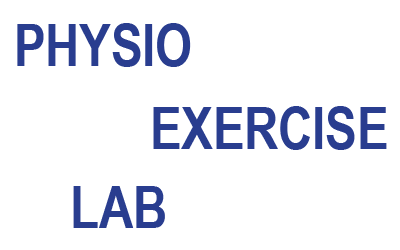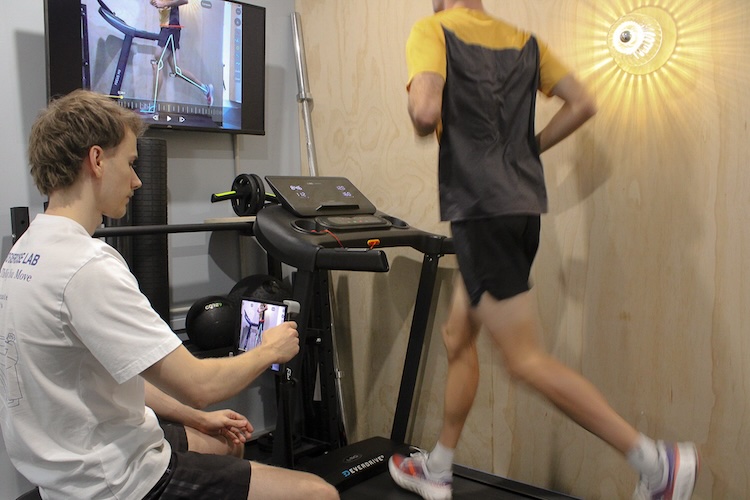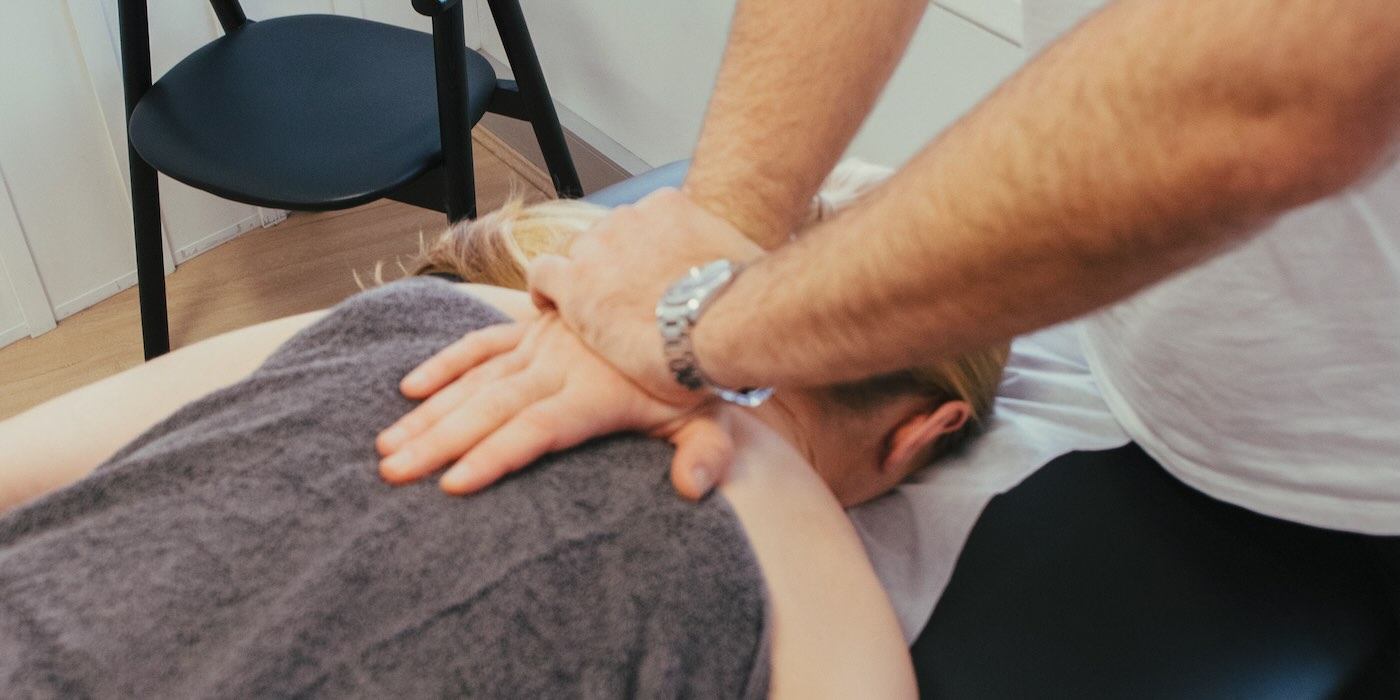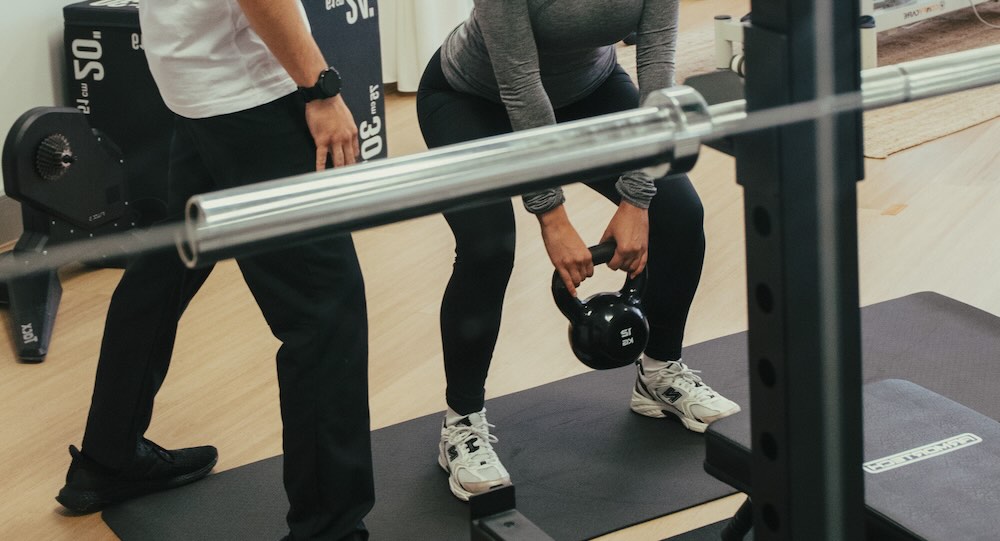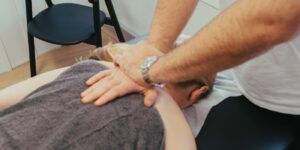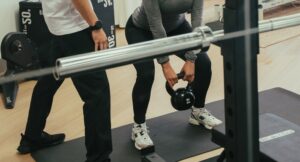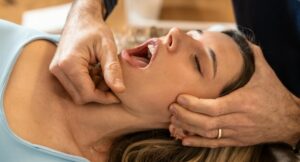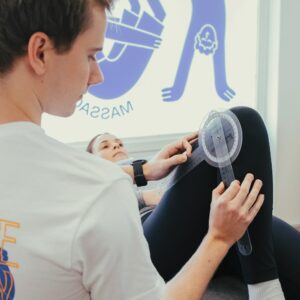Running is one of the most popular forms of exercise, but it also places repetitive stress on the body. Without proper strength and mobility, runners often deal with knee pain, shin splints, hip tightness, or back issues. The good news? Targeted exercises can build strength, stability, and resilience so you can run further, faster, and injury-free. In this blog, we will cover some strength training exercises for runners
Here are the top 8 strength exercises for runners recommended by our physios.
The Best Strength Exercises for Runners
- Glute Bridges
- Single-Leg Romanian Deadlift
- Calf Raises
- Resisted Crab Walks
- Lunges
- Side Plank with Hip Abduction
- Hopping/Skipping
- Bent Knee Calf Raises
#1: Glute Bridges
Glute bridges strengthen the glutes, helping stabilise the pelvis and reduce load on the knees.
How to do glute bridges:
- Lie on your back with knees bent and feet flat
- Push through your heels to lift your hips
- Squeeze your glutes at the top
- Lower hips slowly back to the floor
- Perform 12-15 repetitions
#2: Single-Leg Romanian Deadlift
Improves hamstring and glute strength, while training balance — critical for stride efficiency.
How to do single-leg Romanian deadlifts:
- Stand on one leg
- Hinge at the hips
- Extend your other leg behind you
- Keep your back straight as you reach toward the ground
- Return to standing
- Perform 10 reps per side
#3: Calf Raises
Strengthens the calves, which absorb impact and propel you forward. Helps reduce risk of Achilles and shin injuries.
How to do calf raises:
- Stand on a step with heels hanging off
- Rise onto your toes
- Lower slowly below step height
- Repeat 15-20 times
- Progress to single-leg for added challenge
#4: Resisted Crab Walks
Resisted crab walks target the glute medius and hip stabilisers, helping prevent knee collapse and improving running stability.
How to do resisted crab walks:
- Place a resistance band just above your knees or around your ankles
- Bend knees slightly into a quarter squat position
- Take small steps to the side while keeping tension on the band
- Keep chest tall
- Perform 8-10 steps each direction
#5: Lunges
Lunges strengthen the quads, glutes, and hamstrings, while also improving single-leg control and balance.
How to do lunges:
- Stand tall with feet hip-width apart
- Step forward with one leg and lower until both knees are bent at ~90 degrees
- Push through the front heel to return to standing
- Prevent knees collapsing inwards while performing this exercise to allow for proper muscle activation
- Perform 10-12 reps per side
#6: Side Plank with Hip Abduction
This variation builds core stability while also targeting the glute medius for hip stability during running.
How to do side plank with hip abduction:
- Start in a side plank position on your forearm
- Lift your top leg upward while keeping hips stacked
- Lower the leg slowly with control
- Hold hips high throughout the movement
- If performing the leg lift is too difficult just begin with a side plank
- Perform 8-10 reps per side
#7: Hopping/Skipping
Hopping and skipping build lower limb power, coordination, and tendon stiffness — all important for running performance and injury resilience.
How to do hopping/skipping:
- Stand tall and hop lightly on the balls of your feet
- Keep landings soft and controlled
- Maintain a stiff ankle throughout by not allowing your heel to touch the ground
- Perform for 20-30 seconds continuously
- Repeat for 2-3 sets
#8: Bent Knee Calf Raises
Bent knee calf raises strengthen the soleus muscle, which plays a key role in running endurance and absorbing impact during longer strides. Training this muscle reduces risk of Achilles and shin injuries.
How to do bent knee calf raises:
- Stand on a step with your knees slightly bent and heels hanging off the edge
- Rise up onto the balls of your feet while keeping knees bent
- try and lift your whole body while performing the exercise rather than just the ankle moving up and down
- Lower slowly below step height
- Perform 12-15 repetitions
- Progress to single-leg for added challenge
Take Your Running Further with a Gait Analysis
Even with the right exercises, every runner has a unique stride that can put them at risk of injury. That’s where our Running Gait Analysis comes in.
Our physiotherapists use high-speed video and movement assessment to break down your running technique in detail. We look at:
-
How your foot strikes the ground
-
Hip, knee, and ankle alignment
-
Stride length and cadence
-
Areas of weakness or overloading
From there, we provide a tailored plan of exercises, running drills, and footwear advice to make your stride more efficient and reduce your risk of injury.
Whether you’re training for a marathon or just want to enjoy pain-free runs, our Running Gait Analysis service is the perfect way to take your running to the next level.
Book your gait analysis today and run stronger, faster, and injury-free.
👉 CHECK OUT OUR RUNNING GAIT ANALYSIS HERE
Final Thoughts
Whether you’re training for your first 5K or a marathon, these exercises will build the foundation your body needs to handle the miles. Strong glutes, hamstrings, calves, and core muscles keep your stride efficient, while mobility work prevents tightness from slowing you down.
If pain or injury is stopping you from running, our physiotherapists can assess your movement and build a tailored program to get you back on track.
